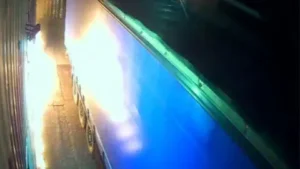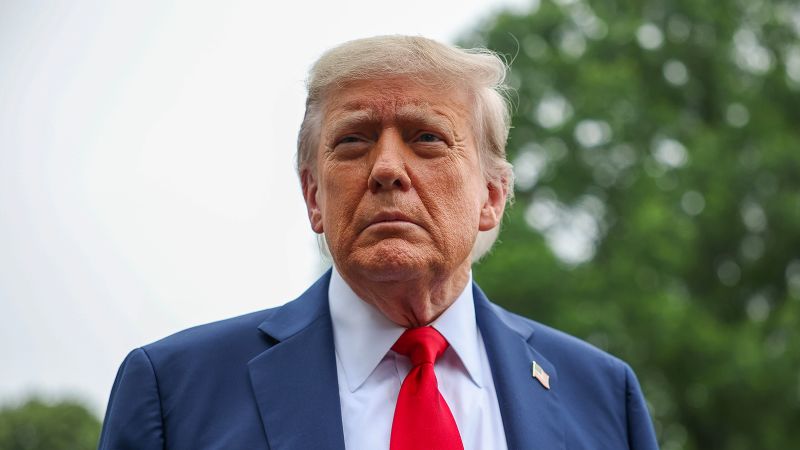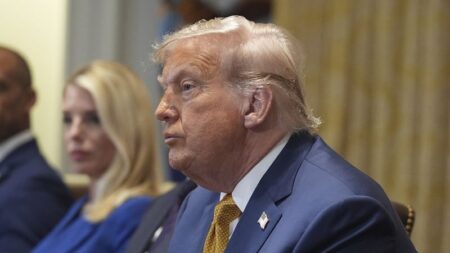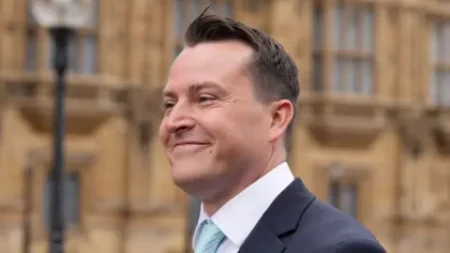In the tense aftermath of a missile strike on a U.S. military base in Qatar, President Donald Trump, alongside key diplomats and national security officials, embarked on urgent efforts to de-escalate escalating tensions between Iran and Israel. The incident catalyzed intense negotiations aimed at establishing a ceasefire and eventually a peace deal to mitigate the conflict. The gravity of the situation called for immediate action, and the White House’s strategy revolved around high-level dialogues with key players in the region.
President Trump directly communicated with Israeli Prime Minister Benjamin Netanyahu, emphasizing the importance of maintaining stability in the region. Concurrently, Vice President JD Vance, Secretary of State Marco Rubio, National Security Adviser Marco Rubio, and Mideast Envoy Steve Witkoff engaged with Iranian officials through various channels. A senior official from the White House highlighted that these negotiations were conducted both directly and indirectly, underscoring the complexity of the situation.
Crucially, Qatar emerged as a pivotal intermediary in these negotiations. Trump actively engaged with Qatar’s Emir, Tamim bin Hamad bin Khalifa Al Thani, acknowledging his role in facilitating dialogue. Roughly 48 hours after U.S. military strikes on Iranian nuclear facilities, Trump took to his social media platform, Truth Social, declaring that a ceasefire had been agreed upon. He described the agreement as a “complete and Total CEASEFIRE” that would lead to the “Official END of THE 12 DAY WAR.”
However, uncertainty lingered about the durability of this ceasefire, with concerns that hostilities could reignite. The agreement was contingent upon Iran ceasing its attacks, a condition accepted by both Israel and Iran, according to White House sources. Trump communicated that the U.S. successfully brokered this agreement with Israel’s concurrence, offering thanks to Emir Al Thani for facilitating discussions and urging him to influence Iranian acceptance.
Vice President Vance coordinated with Qatari officials, particularly Prime Minister Sheikh Mohammed bin Abdulrahman bin Jassim Al-Thani, working through the specifics of the ceasefire proposal. Following consultations with his Qatari counterpart, Iranian officials indicated their acceptance of the agreement. The White House claimed that multiple calls with the Emir were instrumental in garnering Iranian cooperation.
Encouragingly, Iranian Foreign Minister Abbas Araghchi expressed gratitude toward Iran’s armed forces while hinting at the potential cessation of hostilities. He noted that military operations targeting Israel took place until just before the ceasefire took effect, signifying a late-stage commitment to military action. Even earlier calls indicated Iran’s willingness to suspend its military response if Israeli attacks were halted.
Despite the developments, Israel had yet to publicly confirm its acceptance of the ceasefire terms. The White House maintained that U.S. military strikes against three Iranian nuclear facilities were crucial to achieving this agreement, illustrating the interconnectedness of military action and diplomatic negotiations.
Amidst these developments, Qatar had also communicated potential Iranian strikes against the U.S. military base in Qatar, which were successfully intercepted without casualties reported. Diplomatic sources expressed optimism that Iran’s retaliatory strike could serve as a pathway for both nations to resume negotiations, suggesting that the ceasefire might create an environment conducive to further talks.
In light of the military action launched by Israel against Iran, U.S. officials intensified diplomatic efforts to bring Tehran back to negotiations concerning a potential nuclear deal. Continuous messages relayed through various intermediaries illustrated a concerted attempt to revive discussions. Plans for a meeting between Trump and the Iranian president in Turkey were also in consideration but did not materialize.
Iran remained firm in its stance that it would only engage in talks if Israel ceased its military operations. Even following U.S. strikes, Iran’s foreign minister reiterated a readiness for discussions contingent upon the cessation of Israeli attacks. Prior to recent U.S. military actions, the Trump administration had sent clear messages to Iran, indicating that future strikes would be restrained while outlining their diplomatic terms centered around limiting uranium enrichment.
In subsequent communications following U.S. military operations, the continued engagement of U.S. officials with Iranian diplomats demonstrated a commitment to resolving the volatility of the situation. Secretary Rubio publicly expressed a willingness to engage in direct negotiations, highlighting the potential for a deal that would allow Iran a civil nuclear program without its own enrichment capabilities.
Overall, this intricate and high-stakes sequence of events underlines the fragile and volatile nature of Middle Eastern geopolitics, where military actions and diplomatic maneuvers are deeply interwoven. The ongoing situation, marked by a tentative ceasefire and significant foreign policy negotiations, highlights the urgent need for sustained dialogue moving forward, with both regional and global implications.











